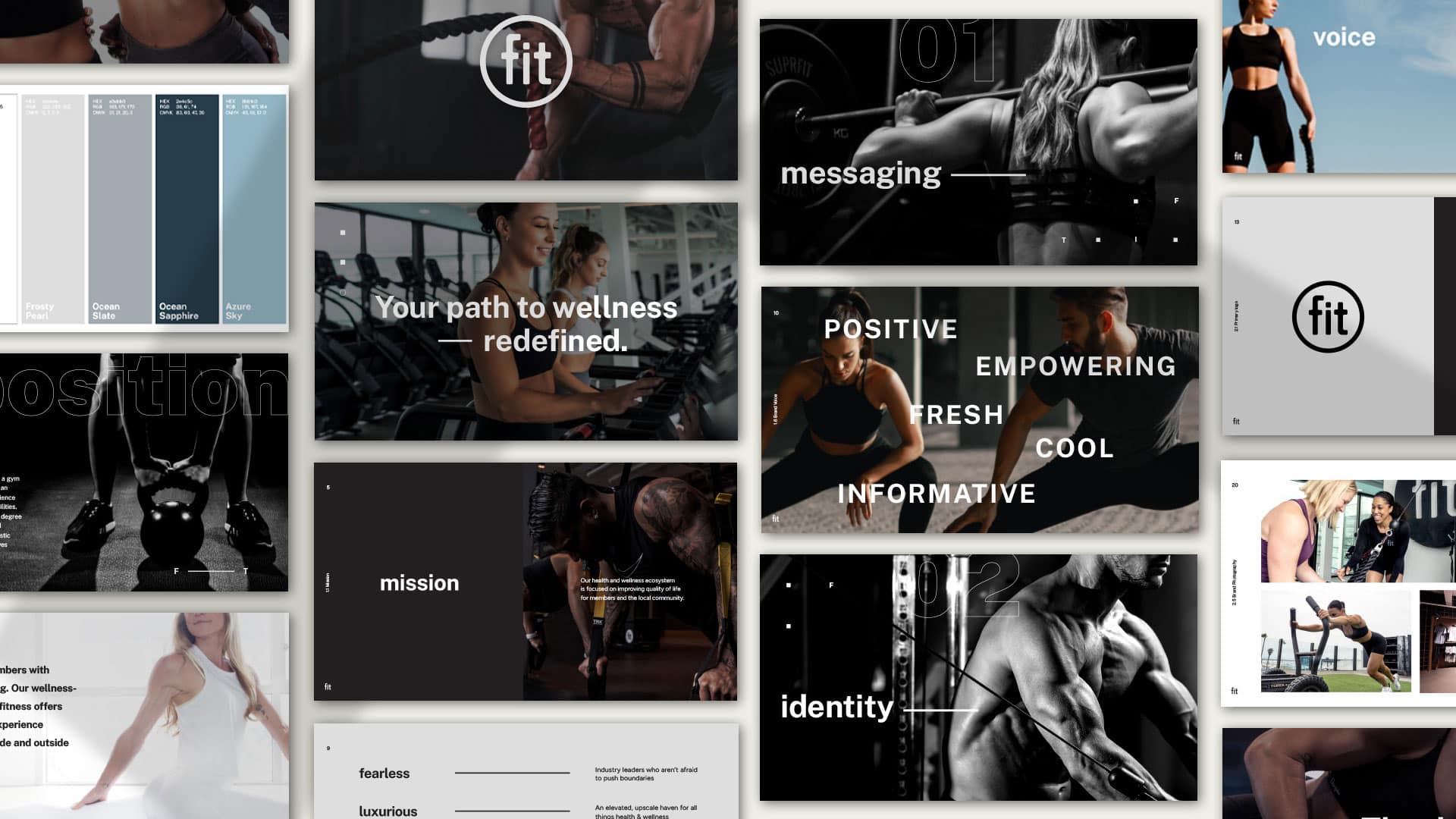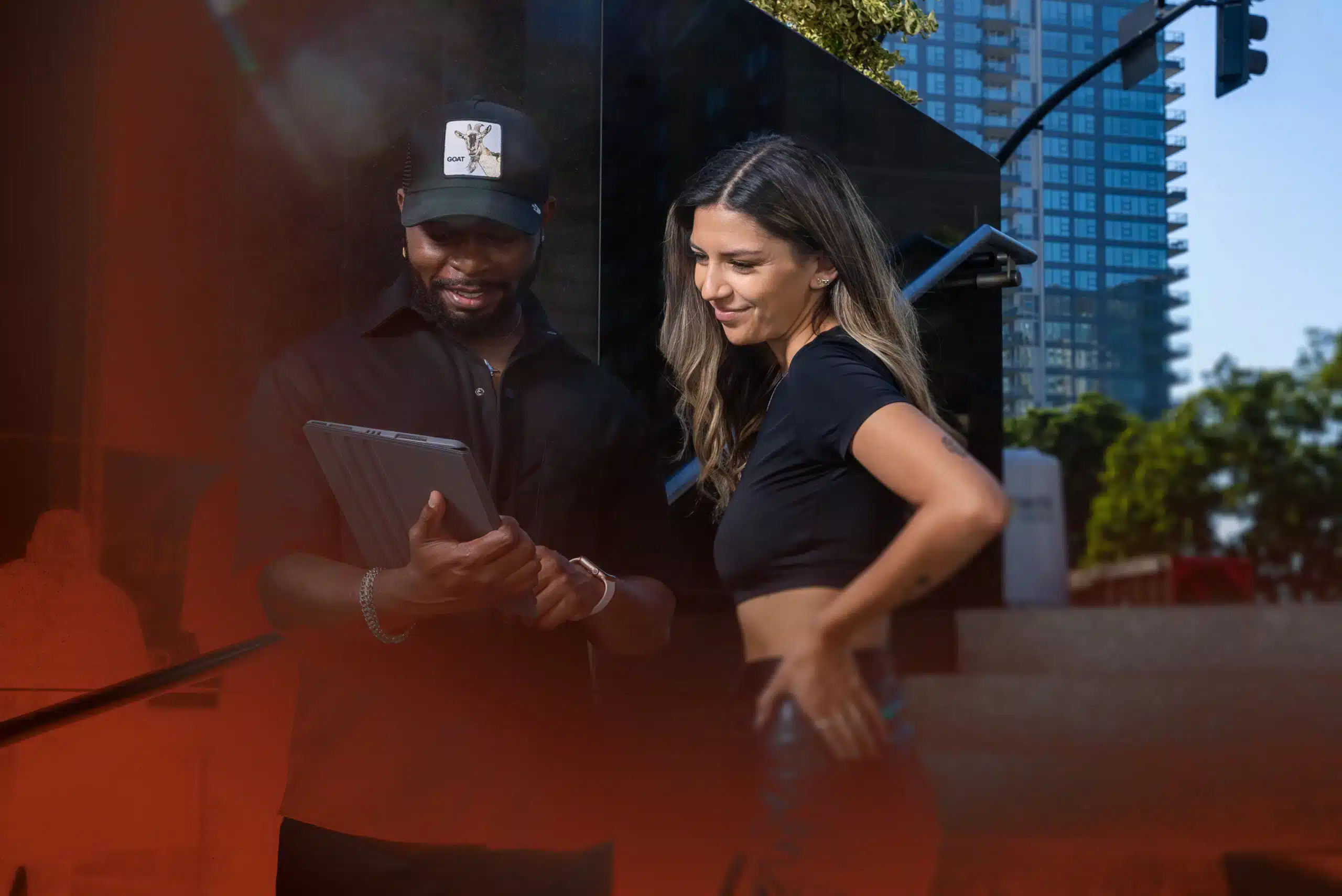Motion and animation have revolutionized the way brands communicate and engage with their audience. The use of dynamic visuals has become an increasingly popular tool in branding, with more and more companies creating engaging and memorable experiences for their customers.
In this blog post, we will discuss different ways that motion and animation are impacting the branding world, as well as why it’s important for brands to start adopting it for future success.
Telling a Brands Story
One of the most significant ways that motion and animation are impacting branding is by enhancing brand storytelling. Brands can now use animated videos, explainer videos, and motion graphics to tell their story in more compelling and engaging ways. By incorporating motion and animation into their branding strategies, companies can convey complex ideas and messages more effectively than with static images or text alone. For example, an animated video can illustrate a product’s features, benefits, and how it works, in a more entertaining and informative way. Moreover, motion and animation can create emotional connections with the audience, evoking feelings of joy, excitement, or empathy. This emotional appeal can build brand loyalty and advocacy, as consumers are more likely to remember and share content that makes them feel something.
Increasing Social Media Engagement
Another way that motion and animation are impacting the branding world is by increasing social media engagement. Social media platforms prioritize video content, making it easier for brands to reach a broader audience through video ads, stories, and live streaming. The more engaging a video is, the longer someone stays on that video, the more people that video is shown to. This gives brands the opportunity to reach more people than ever before, in record time.
Animated videos and motion graphics, in particular, are effective in catching viewers’ attention and conveying the message in under a minute. They can also be repurposed into multiple formats, such as GIFs, cinemagraphs, or short clips, to be shared across different social media platforms. The use of motion and animation in social media campaigns can boost brand awareness, engagement, and reach, leading to higher conversions and sales. According to a study by HubSpot, social media videos generate 1200% more shares than text and image content combined. Let’s face it, we have moved away from plain old posters or static images that lack depth, and we have moved into a new time.
Differentiating Brand Identity
Motion and animation can differentiate brand identity through making it more memorable and recognizable. Brands can use animated logos, motion graphics, or animated mascots to stand out from competitors and create a unique visual identity. For example, the animated logos of brands like Google, Airbnb, or Netflix are instantly recognizable and convey their brand personality and values. Animated branding assets can be used across different marketing channels, such as websites, apps, packaging, or events, to create a consistent and cohesive brand experience. This consistency can strengthen brand recall and improve customer trust and loyalty.
Improving User Experience
Motion and animation can improve user experience by making it more intuitive, interactive, and enjoyable. Brands can use animation to guide users through the website or app, highlighting important features, providing feedback, or adding gamification elements. For example, an animated loading screen can make the waiting time less boring and frustrating, while an animated progress bar can show the completion rate of a task or form. Motion and animation can also add a human touch to digital interactions, making them feel more natural and engaging. This humanization can improve customer satisfaction, reduce bounce rates, and increase conversions, as users are more likely to enjoy and remember a positive user experience.
The use of motion and animation is crucial for brands to future-proof their brand strategy. As technology advances and customer preferences evolve, brands need to adapt to stay relevant and competitive.


